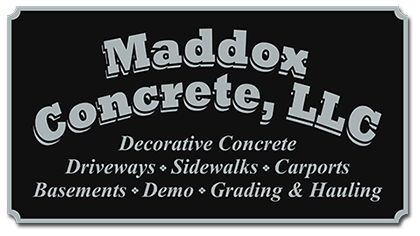Timber Formwork
Timber formwork is one of the oldest types of formwork used in construction. It is easy to use and fabricates the required shape and size on-site. It can be made from plain wood or engineered products. In addition, timber formwork may be treated with oil or epoxy to help it resist moisture and stick better.
Plywood Formwork
Plywood formwork is one of the most commonly used forms in concrete construction. It is an economical and reusable material that can be reused for up to 20 pours. It is also more flexible than other formwork materials. It can be bent and cut by hand without having to use a power saw. There are many types of plywood that can be used in concrete forming. Some are available in different thicknesses, sizes, and face grades. The most popular type of plywood is MDO (Medium Density Overlay), a cross laminated product that has multiple layers of wood veneers glued together in alternating directions.
Metallic Formwork
When choosing formwork, it’s important to consider the type of concrete and the pouring temperature. These are critical factors that determine the strength of the formwork, as well as its ability to hold its shape during casting. Metallic formwork is a popular choice in concrete construction because it will not bend or warp during the curing process. It is also a durable material that can last up to 2,000 work cycles.
Plastic Formwork
Over the past few years, plastic formwork has become very popular. This is because it eases the construction process, is labor-friendly and speeds up the project. As an additional bonus, it also tends to save you money in the long run.
Fabric Formwork
Fabric formwork can be used to mold concrete in almost any shape. This allows architects to create unique concrete structures and reduces their material consumption. Unlike timber or metal formwork, fabric can be reused as long as the structure is not too large. This makes it a great choice for a wide range of projects, including the creation of community buildings in developing countries.

